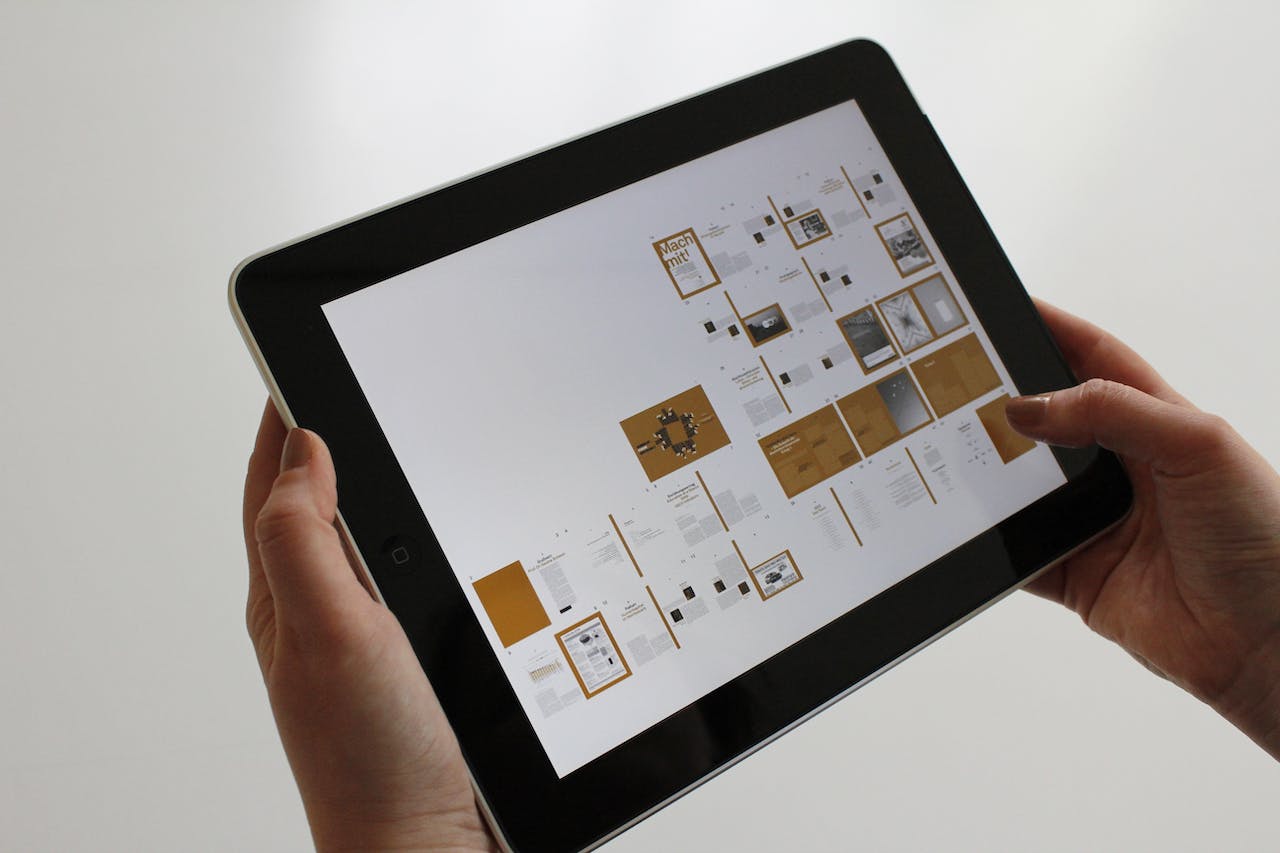The Clock is Ticking: 2030 Isn’t Far Away
When policymakers in Brussels agreed to the VAT in the Digital Age (ViDA) in March 2025, the headline was clear enough, by July 2030, structured e-invoicing becomes mandatory for all intra-European Union (EU) business-to-business (B2B) transactions, followed by full alignment of national systems by 2035. And, the familiar 15-day invoicing window reduces to 10 days.
On paper, that looks like a long runway. For executives juggling short-term budgets and quarterly earnings, 2030 feels conveniently distant. However, anyone who has lived through major ERP rollouts, finance transformation programs, or cross-border compliance projects knows the reality, five years is a blink.
You don’t simply flip a switch on July 1, 2030. The EU is mandating a fundamental shift in how value-added tax is reported, collected, and monitored. The move from PDF invoices and manual reporting to structured digital invoices transmitted in near real-time will change both the speed and transparency of commerce. For multinational firms, this is an obligation on two fronts, including compliance and strategic.
- Compliance as missing the deadline exposes businesses to penalties, reputational risk, and strained relationships with local tax authorities
- Strategic as it compels companies to modernize invoice management processes, which have been overdue for disruption
Every B2B transaction across the EU will have to be documented in a structured, machine-readable invoice and transmitted through government-approved platforms. That means
e-invoicing is the new backbone of VAT compliance. It all boils down to whether or not organizations will adopt it, but how well they will optimize for it.
A Patchwork of Deadlines Already in Motion Across Europe
Look across Europe today and you won’t see a uniform roadmap. Rather, it’s a mosaic of country-specific requirements, platforms, and deadlines.
| Country | Status | Milestones & Deadlines |
|---|---|---|
| Germany | Adopted | 2025: mandatory receipt; 2027–28: phased sending requirement (based on revenue tiers) |
| France | Delayed | 2026: large & medium enterprises; 2027: small businesses |
| Poland | Mandatory | 2026: full implementation via KSeF platform |
| Belgium | Approved | 2026: mandatory B2B e-invoicing; 2028: real-time reporting |
| Romania | Active | 2024: mandatory B2B e-invoices via RO e-Factura |
| Czechia | In preparation | 2026: test regime; 2027: voluntary B2B; 2028: mandatory for all VAT payers |
| Slovakia | Under analysis | 2026–28: pilot and potential rollout expected, but no finalized timeline |
For multinational companies, this is not an academic detail. It means
- Your German subsidiary will be dealing with receipt compliance in just months
- Your Polish operations will need full KSeF integration before 2026 closes
- Your French unit will likely undergo a phased rollout across entity sizes
The complexity is compounded by differing technical protocols: Poland’s KSeF, France’s Chorus Pro, or Romania’s RO e-Factura and PEPPOL-based frameworks in other regions. Each one has its own formats, validation rules, APIs, and penalties.
How Intelligent Document Management is Solving Invoice Processing Challenges
The temptation is to see e-invoicing as another regulatory headache. But the more forward-looking CFOs are asking a better question i.e., how do we turn this into a source of value?
A modern, AI-first document management platform is the answer.
Instead of thinking about invoices as a cost to process, think of them as a decision flow that, if optimized, directly influences cost structure, working capital, and supplier relationships.
Modern document management platforms combine AI-powered capture, automated validation, configurable approval logic, and analytics into a single flow. It works across three core capabilities:
Smart Capture and Classification
Invoices today arrive through a wide variety of channels, such as email, vendor portals, or even paper. Intelligent capture engines ingest all these formats and standardize them automatically. Advanced OCR technologies with layered validation logic ensure high accuracy, extracting line-item data without manual effort. Once captured, documents are classified by layout, content, or context, segregating purchase invoices from credit notes or service entries.
Intelligent Validation and Matching
With validation and matching, reconciliation issues get resolved. The platform performs matching in real time, comparing invoice data with purchase orders and goods receipts. When all data points align, the invoice is approved straight through. Exceptions are identified instantly and routed to the right approver. In parallel, in-built algorithms catch duplicate submissions, fraudulent activity, or unauthorized supplier changes, ensuring an additional layer of control and audit.
Configurable Approval Workflows
Approval hierarchies and rules are customized to each company’s structure and needs. Spend thresholds, department codes, vendor categories, or project allocations all influence how invoices should be routed. Modern document management platforms make these rules configurable, automatically directing invoices to the right approvers based on business logic. Approvals can be delegated or escalated, and mobile workflows ensure decisions aren’t held up when key personnel are unavailable. Dashboards provide real-time visibility into bottlenecks, exception trends, and processing times, ensuring continuous improvement.
The economics are striking. Deloitte reported a 70% reduction in manual processing cost and $25M savings in 18 months from automating invoice processing workflows.
The deeper value, though, is cash visibility. Faster cycle time mean you can forecast payables more accurately, adjust working capital strategies, and align payments with treasury needs. Finance teams move from chasing paper to actively steering liquidity.
Think of intelligent workflows more than automation and as a system that lifts invoice processing into a strategic function. When suppliers are paid accurately and on time, fraud risk drops, and finance has a clear view of cash outflows, the business operates faster, cleaner, and stronger. That’s the real value play.
“There’s no time to wait. Companies that act now are positioning themselves not only for compliance, but for competitive advantage. We’re already seeing strong demand from our clients who want to be ViDA-ready and we expect that interest to accelerate rapidly over the next 12 months.”
Martin Vogel, ECM Delivery Manager, Aricoma
Choosing the Right Partner and Platform
Technology is critical, but it’s not the whole story.
Choosing the right digital management system is as much about configurability and scalability as it is about compliance. The platform must handle smart capture, validation, and configurable approval logic. It must integrate with core ERP systems, adapt to different national portals, and provide dashboards that expose bottlenecks and exceptions in real time. Solutions like NewgenONE AI-first Contextual Content Services (ECM) Platform exemplify this, bringing capture, workflow, fraud checks, and analytics under a unified solution.
Secondly, implementation matters. The complexity of integrating diverse country mandates, consolidating invoice formats, and re-engineering internal workflows requires expertise. The right partner brings cross-border experience, understands local nuances, and knows how to sequence transformation so the organization absorbs change without breaking.
Finally, timing. Companies that wait until 2029 will not only face a scramble but will miss years of compounded benefits. The organizations that start now will enter 2030 with mature, field-tested systems, experienced teams, and trusted supplier relationships.
Start Early, Choose Wisely, and Partner Smartly!
The organizations that act now, selecting a scalable, compliant platform and an experienced implementation partner, will not only meet evolving mandates but unlock years of operational efficiency, cost saving, and strategic advantage. With solutions built on platform like NewgenONE, you get a unified ecosystem for capture, workflow, fraud checks, and analytics, ensuring your business is future-ready. Don’t wait for deadlines, lead the transformation, and enter 2026 with confidence, maturity, and measurable ROI.
You might be interested in

06 Jan, 2012
Document Management System (DMS): Overcoming Challenges in Corporate Banking


04 Mar, 2022
6 Considerable Criteria While Choosing an Ideal Digital Transformation Platform

